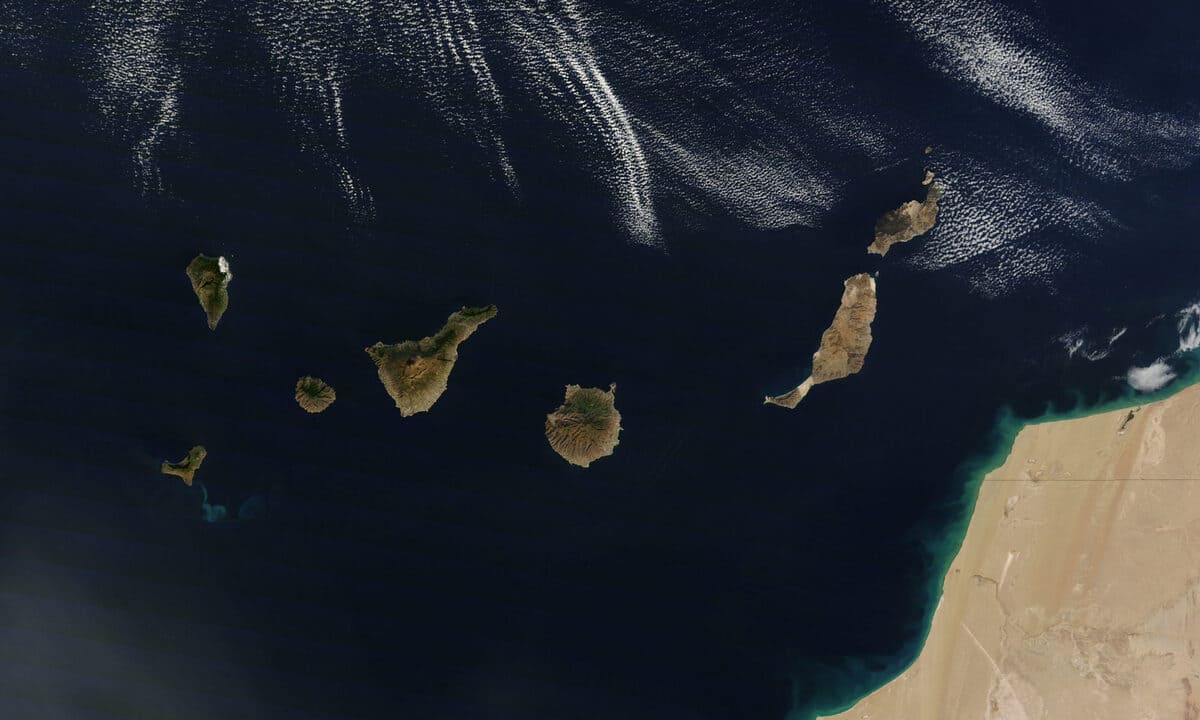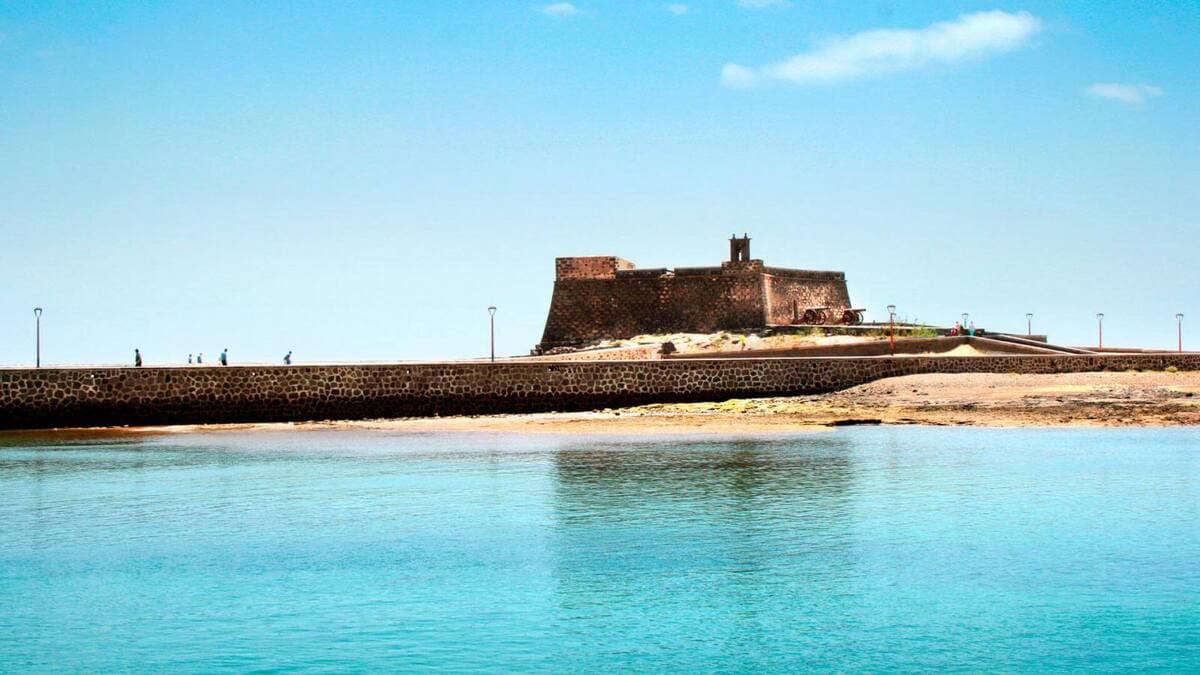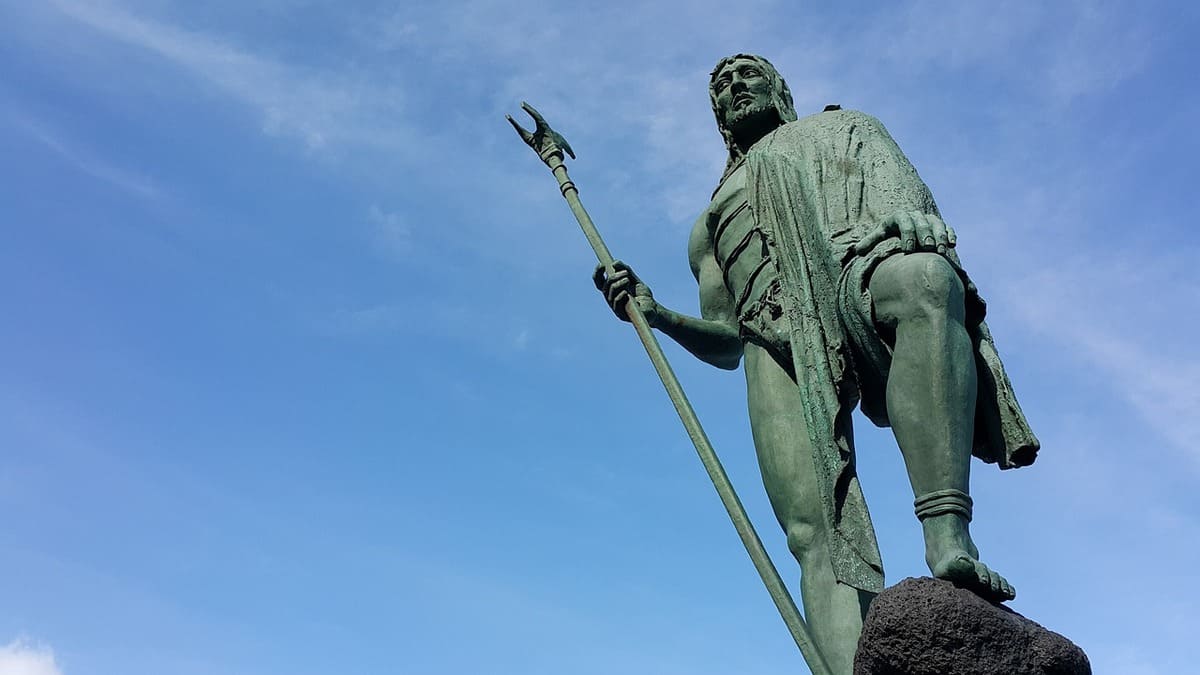Climate and insularity are two determining factors in the composition of the Canarian fauna. There is a great variety of species of Canarian animals, with some 4,500 marine and around 12,700 terrestrial species. Endemic species number around 3,600, mostly terrestrial. As in any ecosystem, invertebrate species (almost 8,000) are much more numerous than vertebrates (about 125). In total, almost half of the animals native to the Canary Islands are reptiles, rodents and turtles.
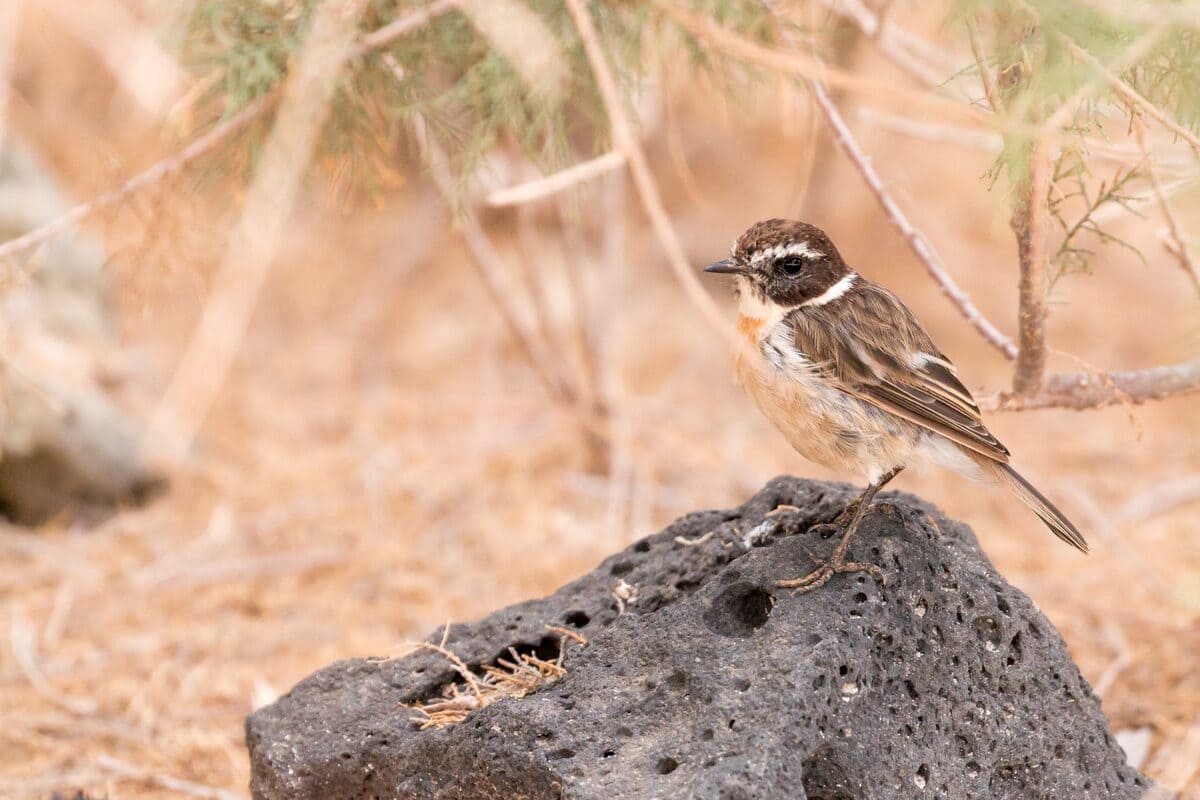
Animals native to the Canary Islands
Although the particular orography of the Canary Islands is very suitable for the preservation of Canarian animals, it is currently believed that 4 out of 10 animals in the Canary Islands are in danger of extinction; some of the main causes are overexploitation, pollution, habitat degradation, diseases or the presence of invasive species.
Here are some of the most popular animals of the Canary Islands.
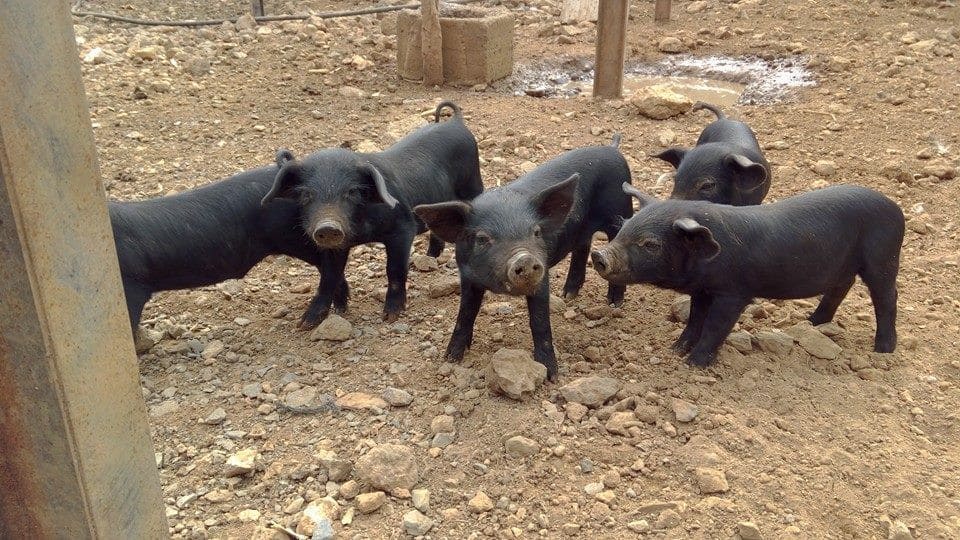
Canary Island black pig
One of the Canarian animals that already populated the islands before the Castilian conquest in the 15th century. During the 20th century, the black Canarian pig was on the verge of extinction due to the spread of the breeding of the common pig. Fortunately, their numbers have increased again in recent years.
Canarian black pigs are easily recognisable by their small head and black coat. Most of them are found on the islands of Gran Canaria and Tenerife.
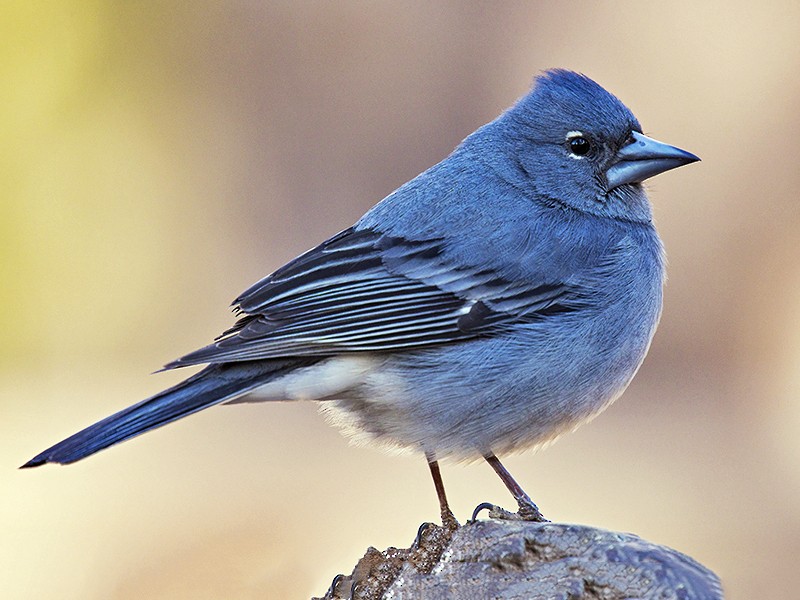
Tenerife blue chaffinch
A bird native to Tenerife that is also known as the Teide finch. It is considered the animal symbol of Tenerife (the plant symbol is the tree species known as the dragon tree).
Despite the colour reflected in its name, only males have blue plumage, while females are grey. Its body is robust and its beak is thick and small.
Its habitat is found in the mountain pine forests of the interior of the island of Tenerife.
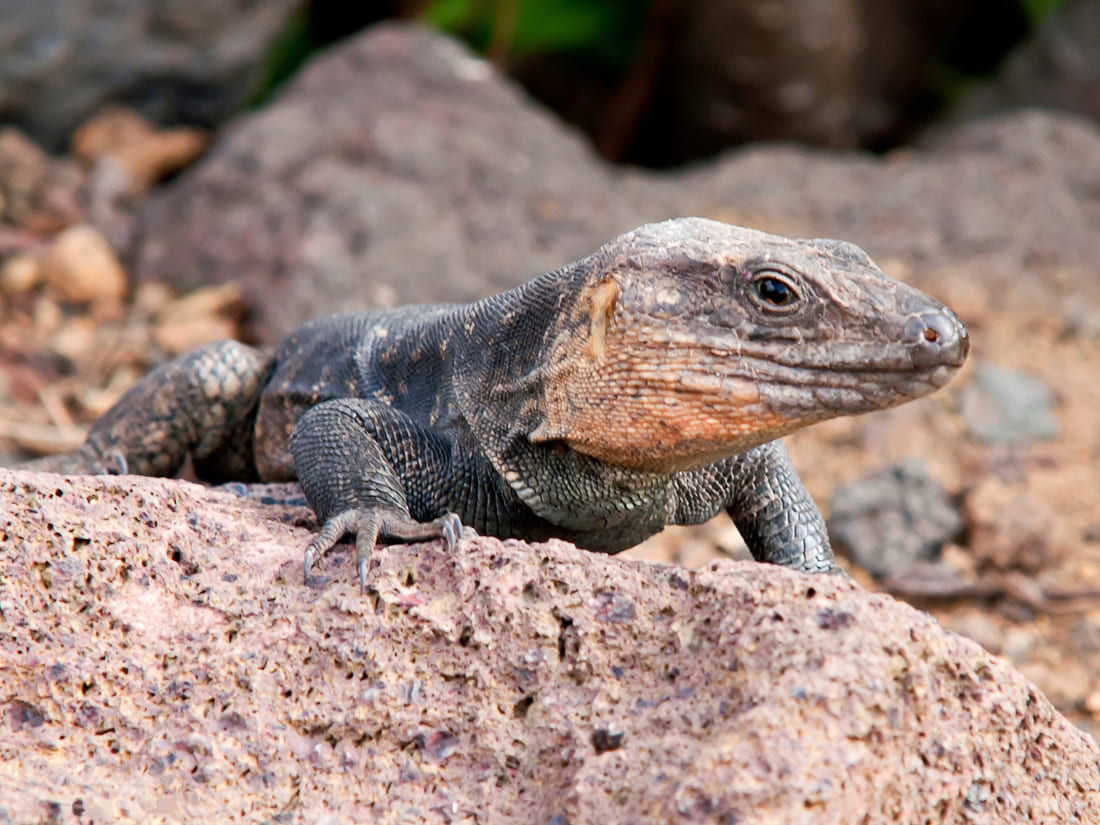
Giant lizard of Gran Canaria
The largest lizard in the Canary Islands, with a length of up to 80 centimetres, it has a wide body and its colour ranges from green to grey.
It is an omnivorous animal whose main food sources are small rodents, fruit and other vegetables. Its main predators are birds of prey such as owls and crows.
This lizard is endemic to Gran Canaria, although it can also be found on La Palma and on the eastern coast of the island of Fuerteventura. It can be found in practically all habitats.
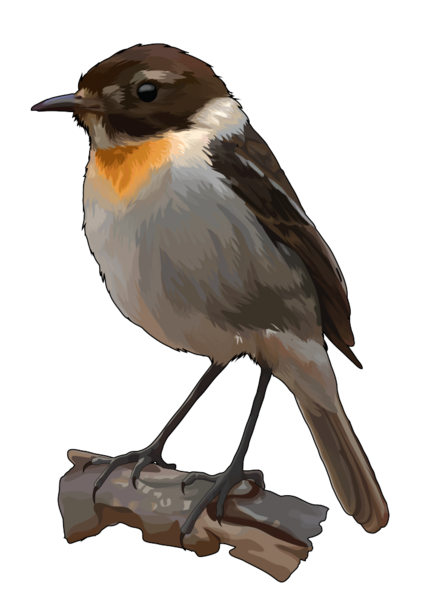
Canary Islands stonechat
The Canarian stonechat, or caldereta, is only found on the island of Fuerteventura, although unfortunately it is in serious danger of extinction. It is about 10 cm long, 15 cm wide, prefers ravines with thickets, and feeds on small invertebrates. The female is brown on the back and head, while the male has a black head and a red spot on the abdomen.
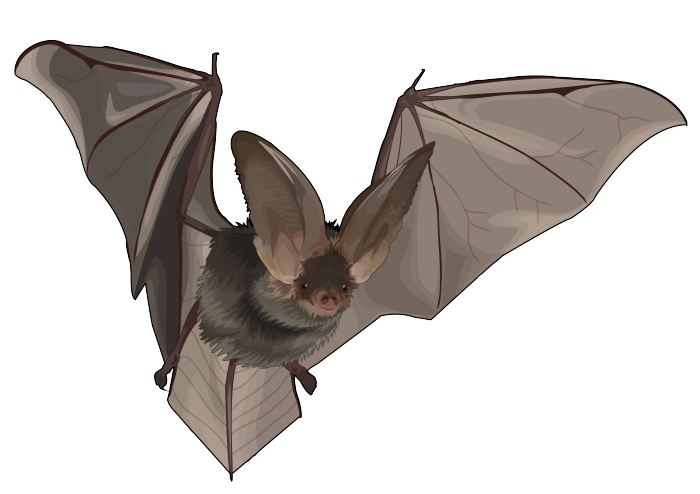
Other very representative animals native to the Canary Islands are the long-eared bat (present in Tenerife, El Hierro and La Palma), the giant lizard of El Hierro, or the Osorio shrew ( one of the most peculiar animals of Gran Canaria, also known as the snub-nosed mouse).
Photos: ebird.com, Juan Emilio (Wikipedia), Government of the Canary Islands.
